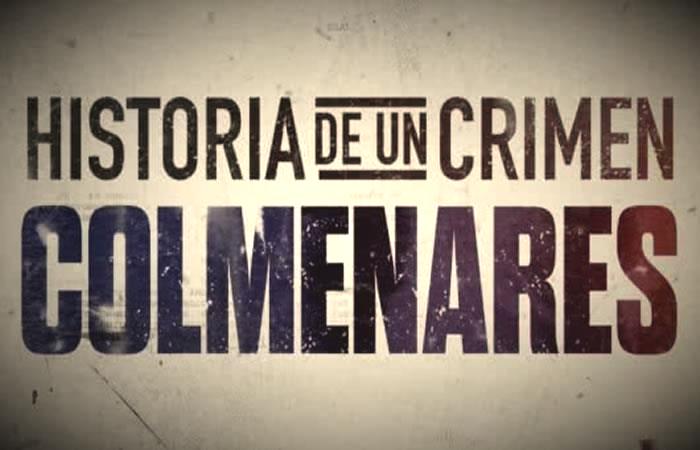
Netflix’s take on the Luis Colmenares case hits the screens this week. Will it do justice?
Who was Luis Andrés Colmenares? The 20-year-old student at Universidad de los Andes died after falling into a flooded culvert in Bogotá’s Parque Virrey after a Halloween party in 2010.
So how did he die? According to a defining court verdict in 2017, the popular student, who had been whooping it up with his friends in a night club close to the park, drowned after falling into the fast-flowing channel – swollen by heavy rain on the mountains above – and his body carried deep into a storm-water tunnel.
Did he jump, fall, or was he pushed? There’s the rub. While the initial investigation concluded he jumped or fell, a year after his death, his family insisted he had been murdered. The case was reopened, the body exhumed, and a second autopsy done. Suspicion fell on his
So it was murder then? Many Colombians think so. In the eight years following the tragedy, drawn-out court cases and sensationalist media sowed seeds of doubt to the accidental death verdict. The prosecution claimed improbability that a healthy young man could die in a shallow drainage channel. He must have been pushed, went the argument, or more likely beaten up and thrown in. Maybe by one of Laura’s male friends, or her personal bodyguard. The fact that firemen called out to search the culvert an hour after he went missing had found nothing added weight to a theory that he had been killed elsewhere and his body dumped there to fake an accident or suicide.
Related: Odebrecht corruption prosecution, Melo sentenced to 12 years
Forensic experts then claimed to find evidence on his exhumed body that showed beatings, and multiple injuries impossible to come from a simple fall. The hunt was on for the culprit.
Laura Moreno, as a close companion that night, the object of Luis’s desires, and with a tough-guy ex-boyfriend in tow, was in the spotlight. By her own
Was it clear then? Not really. Now started a power-play between influential families – the Colmenares clan and the wealthy accused’s – with Colombia’s top lawyers and most ruthless prosecuting attorneys all willing to leak any juicy detail to a febrile media, and
Related: Gringos watching Colombians on Narcos
But then it all stopped: Well, yes. Unfortunately for the misogynistic masses who wanted to see Laura get sent down, in 2017, the whole prosecution case collapsed under the weight of its own inconsistencies.
Furthermore, rainfall and water-flow rates from the culvert on the night the student died – data covered up by the prosecution – proved the flow had
Related: Cyber crime: Sim-swapping, a new form of hacking
And careful examination of the timelines of known locations of the students, their phone-calls and actions showed no time for them to have caused or witnessed a murder or found the opportunity to cover it up. Worse, prosecutors were found to have paid off criminals to act as fake witnesses to back the murder theory. Final verdict: accidental death.
So why is there a Netflix series starting this month called ‘Historia de un Crimen: Colmenares’? Good question, and one that Laura Moreno’s lawyer is also asking the streaming giant. I mean, if the death was an ‘accident’ then surely it can’t also be a ‘crime’.
Does this mean Netflix knows more about the case than Colombian justice? Unlikely. In fact, it seems that no-one connected with the real-life case – least of all the acquitted accused and the family of Colmenares – were consulted for the script. And Netflix is careful to say ‘a series inspired by real events’. Meaning bits are made up. And, so far, we’ve just seen a trailer, which – like the series title – strongly suggests foul play. But no-one really knows how the plot will play out until the series goes live.
Could the Netflix series reboot the legal case? In fact, the case was never closed: the Colmenares family, still believing strongly that Luis was murdered, had appealed the 2017 ruling. Meanwhile the accused student friends of Colmenares have tried to move on with their lives and are furious at being dragged back to the spotlight. But even the Colmenares family are dismayed with Netflix’s intrusion in their grief, having no idea how their personal crisis will be portrayed on screen.
So in Netflix’s ‘Crime Story Colmenares’, there was no crime? Not unless you count false accusations, obfuscation of facts, dirty tricks, serial leaking, inept rescue services and trial by media: acts all contrary to normal justice procedures. Then the ‘victim’ was Laura Moreno. If Netflix did their homework, then that’s the twist in their tale.





